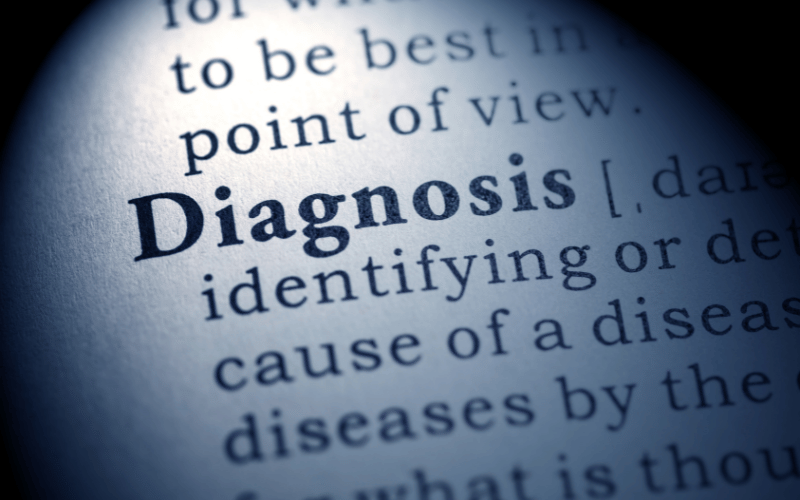3. Diagnosing Sinusitis in Children: A Complex Puzzle

Diagnosing sinusitis in children involves more than just a cursory examination of symptoms. The process can be intricate, requiring a thorough evaluation by healthcare professionals.
The first step often involves a detailed medical history and physical examination. Pediatricians look for specific symptoms such as prolonged nasal discharge, cough, and evidence of facial pain or pressure. This initial assessment is crucial in differentiating sinusitis from other common childhood illnesses.
Imaging tests, though not always necessary, play a role in certain cases. A sinus X-ray or CT scan can be instrumental in diagnosing chronic or severe cases of sinusitis, providing a clear view of the sinuses and their condition. However, these are typically reserved for situations where the diagnosis is unclear or when complications are suspected.
Nasal endoscopy, a procedure where a thin, flexible tube with a light and camera is inserted into the nasal passages, can be used in complex cases. This allows for a direct view of the sinus openings and can help in identifying blockages or structural issues.
Allergen testing might also be conducted, especially if an allergic component is suspected. Identifying and managing allergies can be a key element in treating and preventing sinusitis in children.
The diagnosis of sinusitis in children is a careful balance of clinical evaluation and, when necessary, additional testing. This comprehensive approach ensures accurate diagnosis and effective treatment planning. (3)